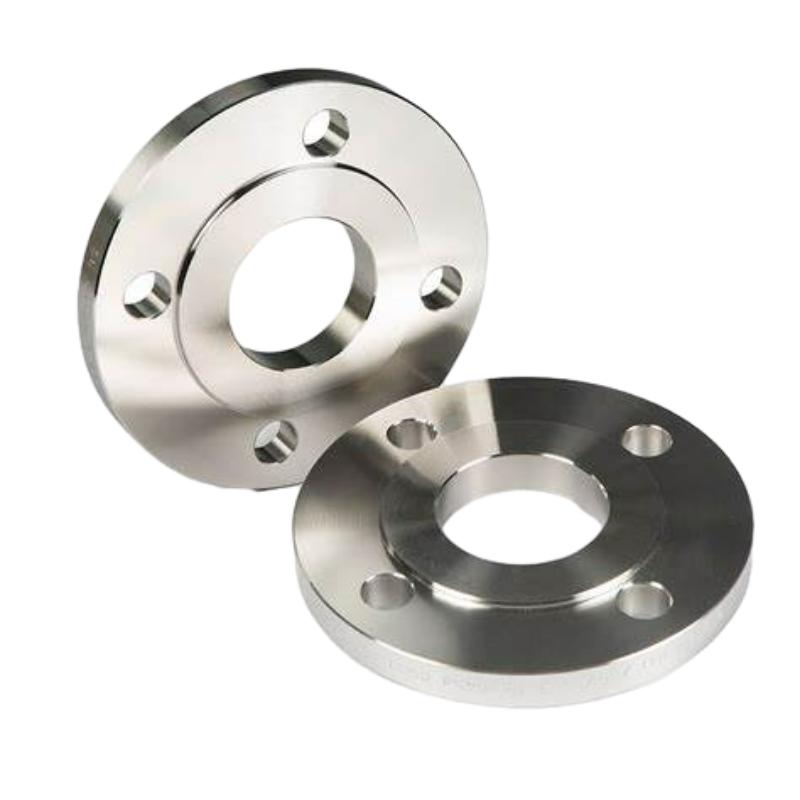-
Cangzhou Yulong Steel Co., Ltd.
-
Phone:
+86 13303177267 -
Email:
admin@ylsteelfittings.com
- English
- Arabic
- Italian
- Spanish
- Portuguese
- German
- kazakh
- Persian
- Greek
- French
- Russian
- Polish
- Thai
- Indonesian
- Vietnamese
- Zulu
- Korean
- Uzbek
- Hindi
- Serbian
- Malay
- Ukrainian
- Gujarati
- Haitian Creole
- hausa
- hawaiian
- Hebrew
- Miao
- Hungarian
- Icelandic
- igbo
- irish
- Japanese
- Javanese
- Kannada
- Khmer
- Rwandese
- Afrikaans
- Albanian
- Amharic
- Armenian
- Azerbaijani
- Basque
- Belarusian
- Bengali
- Bosnian
- Bulgarian
- Catalan
- Cebuano
- China
- China (Taiwan)
- Corsican
- Croatian
- Czech
- Danish
- Esperanto
- Estonian
- Finnish
- Frisian
- Galician
- Georgian
- Kurdish
- Kyrgyz
- Lao
- Latin
- Latvian
- Lithuanian
- Luxembourgish
- Macedonian
- Malgashi
- Malayalam
- Maltese
- Maori
- Marathi
- Mongolian
- Myanmar
- Nepali
- Norwegian
- Norwegian
- Occitan
- Pashto
- Dutch
- Punjabi
- Romanian
- Samoan
- Scottish Gaelic
- Sesotho
- Shona
- Sindhi
- Sinhala
- Slovak
- Slovenian
- Somali
- Sundanese
- Swahili
- Swedish
- Tagalog
- Tajik
- Tamil
- Tatar
- Telugu
- Turkish
- Turkmen
- Urdu
- Uighur
- Welsh
- Bantu
- Yiddish
- Yoruba

Jul . 30, 2024 10:51 Back to list
Exploring the Benefits and Applications of Grooved and Threaded Connection Systems in Various Industries
Understanding Grooved and Threaded Fittings A Comprehensive Overview
In the realm of plumbing and piping systems, the integrity and functionality of connections are paramount. Among the various connection methods available, grooved and threaded fittings have gained significant attention for their unique benefits and applications. This article delves into the characteristics, advantages, and applications of these fittings, highlighting their importance in modern engineering practices.
What Are Grooved Fittings?
Grooved fittings, also known as groove couplings, are designed with a special groove that allows for a secure connection between two pipe ends. Typically made from materials such as steel, copper, or plastic, these fittings are used to join pipes in a variety of applications including fire protection, HVAC systems, and industrial piping.
The installation of grooved fittings is relatively straightforward. A groove is cut into the ends of the pipes, and a coupling is placed over the joint. A rubber gasket is then inserted to ensure a tight seal, which is secured using a locking mechanism, most commonly a set of bolts. This method allows for a flexible and quick assembly, making it an appealing choice for contractors and engineers alike.
Advantages of Grooved Fittings
One of the primary advantages of grooved fittings is their ease of installation. They can often be installed up to 60% faster than traditional welded or threaded methods, significantly reducing labor costs and project timelines. Additionally, the ability to accommodate slight misalignments during installation contributes to their versatility in various settings.
Another key benefit is their ability to withstand movement, a crucial factor in areas prone to seismic activity or ground shifts. The elasticity provided by the rubber gasket allows for some degree of flexibility without compromising the integrity of the connection.
Furthermore, grooved fittings are also known for their corrosion resistance, particularly when made from stainless steel or other protective coatings. This durability ensures a longer lifespan for piping systems, minimizing maintenance requirements and associated costs.
grooved and threaded fittings

What Are Threaded Fittings?
In contrast, threaded fittings are connected using male and female threads. This traditional method has been widely used for many years and is common in both residential and industrial applications. Threaded fittings can be manufactured from various materials, including metals like brass, stainless steel, and plastic.
The installation process requires matching the threads on both pipe ends, often accompanied by the application of pipe sealant or Teflon tape to prevent leaks. While this method can provide a secure connection, it typically demands more time and precision during installation than grooved fittings.
Advantages of Threaded Fittings
Threaded fittings offer their own set of advantages. They provide a leak-proof seal when properly installed, making them suitable for high-pressure systems. Additionally, they are available in a wide range of configurations and sizes, ensuring compatibility with various piping systems.
Another advantage of threaded fittings is their robustness in smaller installations or where space is limited. In such scenarios, threaded connections can be a more compact solution compared to grooved fittings.
Conclusion
Both grooved and threaded fittings play critical roles in the assembly of piping systems, each with its strengths and ideal applications. While grooved fittings provide speed, flexibility, and resistance to movement, threaded fittings offer durability and precision for high-pressure needs.
Ultimately, the choice between these two types of fittings will depend on the specific requirements of a project, including installation speed, cost considerations, and the environmental conditions of the application. By understanding the unique advantages of each, engineers and contractors can make informed decisions that enhance the performance and reliability of their piping systems.
Latest news
-
ANSI 150P SS304 SO FLANGE
NewsFeb.14,2025
-
ASTM A333GR6 STEEL PIPE
NewsJan.20,2025
-
ANSI B16.5 WELDING NECK FLANGE
NewsJan.15,2026
-
ANSI B16.5 SLIP-ON FLANGE
NewsApr.19,2024
-
SABS 1123 FLANGE
NewsJan.15,2025
-
DIN86044 PLATE FLANGE
NewsApr.19,2024
-
DIN2527 BLIND FLANGE
NewsApr.12,2024
-
JIS B2311 Butt-Welding Fittings LR/SR 45°/90° /180°Seamless/Weld
NewsApr.23,2024











